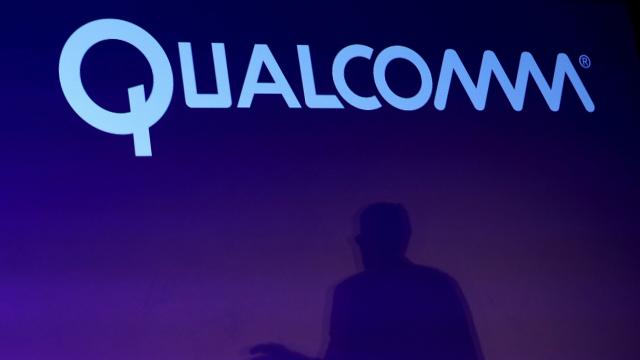If you’re scratching your head wondering what the hell a “Nuvia” is, why you should care that Qualcomm dropped $US1.4 ($2) billion to own it, and what that has to do with Apple, buckle up.
Nuvia is a startup founded in 2019 by ex-Apple chip designers Gerard Williams, John Bruno, and Manu Gulati. While none of them are household names, you definitely know the products they worked on and designed chips for. Williams was Apple’s chief CPU architect for nearly a decade and was supposedly in charge of the design for Apple’s A-series processors. Those are the chips that have been in every iPhone since the 5S. Bruno also worked on iPhone chips before he was poached by Google, and had previously worked at AMD. And Gulati supposedly was a key player in designing custom chips for the iPhone, iPad, and Apple TV. Per AppleInsider, he also has 15 Apple patents, including the one for the Secure Enclave used with Touch ID. Altogether that’s a pretty impressive brain trust, and if you were Apple, the three of them teaming up to form a competitor wouldn’t be exciting news.
Which is exactly why Apple sued Williams shortly after Nuvia was founded, alleging he broke the terms of his employment by using “Apple’s resources to start a competing venture on Apple’s dime.” In the court documents, Apple claimed that Williams was purposefully trying to create competing tech that Apple would need in a bid to force the company to buy from Nuvia.
[referenced id=”1680106″ url=”https://gizmodo.com.au/2021/03/intel-officially-announces-its-11th-gen-cpus-giving-us-reasons-to-actually-be-excited/” thumb=”https://gizmodo.com.au/wp-content/uploads/2021/03/17/otcvicnlozyltffuo2d6-300×169.jpg” title=”Intel Officially Announces Its 11th-Gen CPUs, Giving Us Reasons to Actually Be Excited” excerpt=”Today, Intel finally took the wraps off all the details about its upcoming 11th-gen Rocket Lake processors. While the announcement wasn’t a surprise — so much information is out there in the wild already, and some consumers and reviewers have even gotten their hands on a chip or two well…”]
Nuvia hasn’t actually come out with a product, but it did tempt Qualcomm, who decided to shell out the big bucks for the concentration of talent. Through the acquisition, Williams will now become Qualcomm’s senior vice president of engineering. Is Apple happy that the forces behind some of its most successful technologies are now using those smarts and intimate knowledge of how Apple designs chips for the other biggest smartphone chipmaker? Probably not.
However, with this acquisition, it looks like Qualcomm is aiming to shore up an area where it doesn’t dominate: laptops. While Qualcomm was smart to invest in mobile technologies early on and is currently a leader in 5G tech, Intel eclipsed it when it came to desktops and laptops. In a press release, Qualcomm said the first Snapdragon platforms to feature the new, internally designed CPUs will be targeting high-performance ultraportable laptops sometime in the second half of 2022.
“The world-class Nuvia team enhances our CPU roadmap, extending Qualcomm’s leading technology position with the Windows, Android and Chrome ecosystems,” Qualcomm President and CEO-Elect Cristiano Amon said in the press release. “The broad support of this acquisition from across industries validates the opportunity we have to provide differentiated products with leading CPU performance and power efficiency, as on-demand computing increases in the 5G era.”
Qualcomm also isn’t limiting its ambitions for whatever internally designed silicon results from this acquisition. It specifically states in its release that it plans to integrate its in-house, next-gen CPUs in “flagship smartphones, laptops, and digital cockpits, as well as Advanced Driver Assistance Systems, extended reality, and infrastructure networking solutions.” (As a smartwatch reviewer, I have to ask: Qualcomm, why no love for Snapdragon Wear here? Wear OS is still stuck on 28nm and 12nm nodes!)
Per Ars Technica, now is an opportune time for Qualcomm to sweep in and court PC makers who might want to take a page from Apple and ditch Intel, which has struggled to move past 14nm modes since 2014. A lot of pieces have to fall into place for that to happen, and Intel isn’t going anywhere anytime soon. But it’s safe to say that a new player has entered the game.
